A Visual Guide to Our Solar System [Infographic]
Our solar system is a 4.57 billion years old planetary system that includes a central star and all the natural space objects (planets) orbiting the Sun.
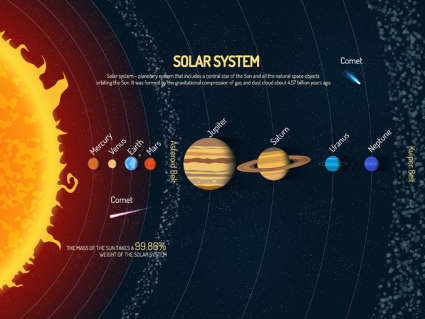
Our solar system is a 4.57 billion years old planetary system that includes a central star and all the natural space objects (planets) orbiting the Sun.
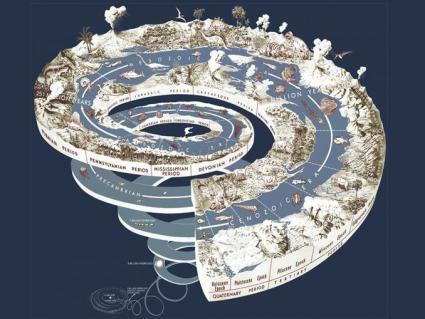
Since Earth’s creation, oceans, continents and life have emerged. From evolution to extinction, here are the geological events and history of Earth timeline
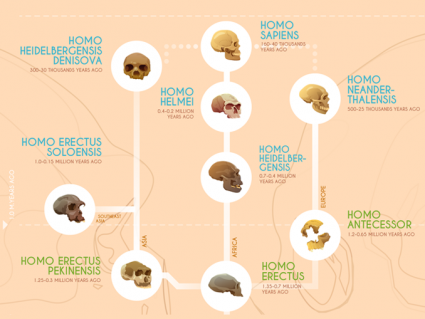
Since about 4 million years ago, humans have evolved from early hominids to modern humans. Here are 14 species examples from human evolution now extinct.
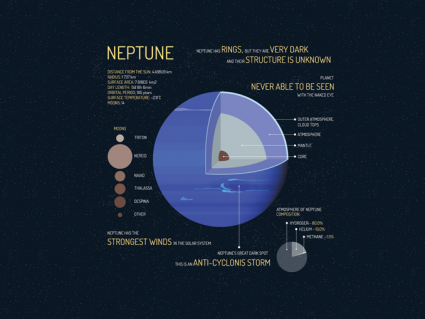
Planet Neptune is the farthest planet from the sun at 4.495 billion kilometers from the sun. Neptune has some remarkable facts like its 14 moons and tilt.
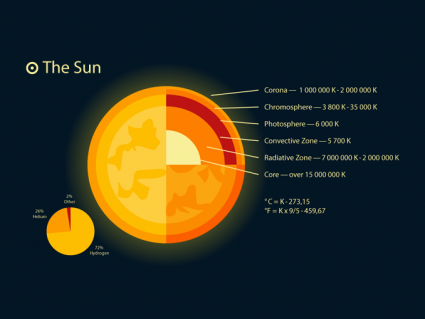
Today, we’re exploring facts about the sun. First, you have to realize the enormous size of the sun. It’s so big that nearly 1300 Jupiters can fit the sun!
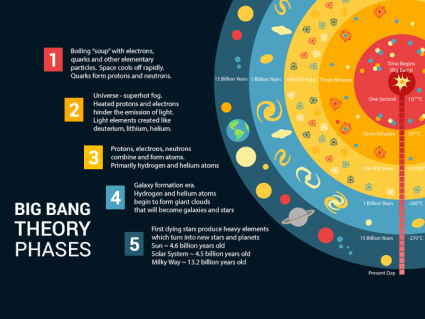
What’s the history of the universe? Follow us on a journey that starts with the Big Bang. All the way to the formation of stars, galaxies and eventually us.
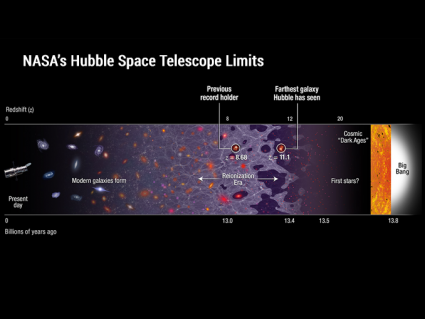
The universe is immeasurable in size. Universe expansion is the theory that galaxies and all matter in space are increasing in distance between each other.
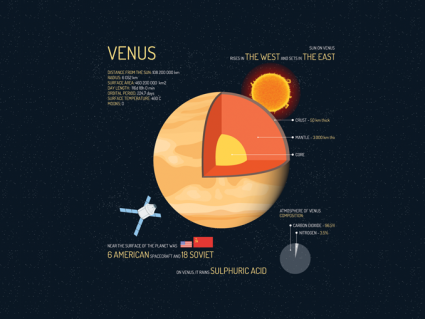
Planet Venus neighbors the Earth. It’s the second planet closest the sun. Other facts include its counterclockwise rotation and how it rains sulfuric acid.
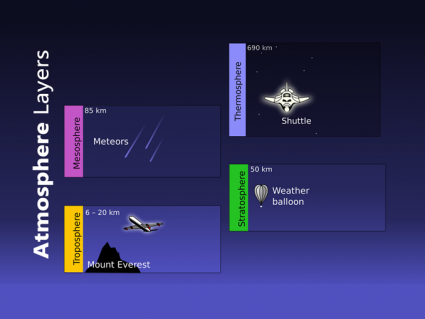
There are 4 primary layers of the atmosphere on Earth: troposphere, stratosphere, mesosphere and thermosphere. The ionosphere and exosphere are above those.
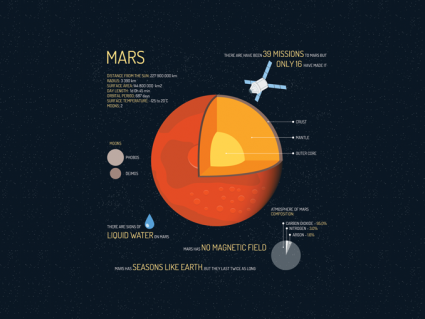
In terms of space exploration, Mars has been the greatest frontier for discovery. From its red color to marsquakes, here are 15 remarkable facts about Mars.